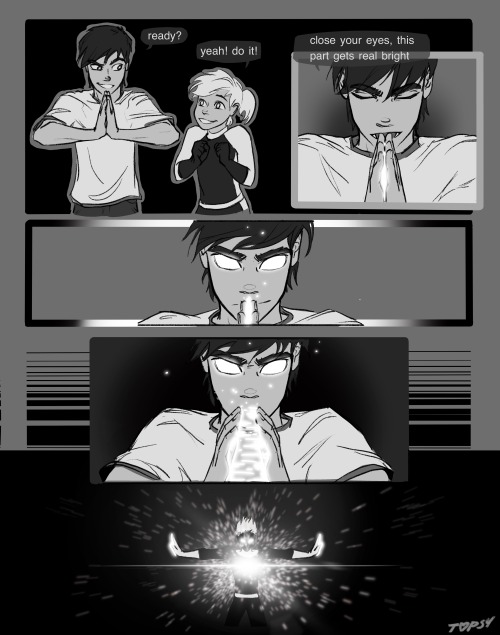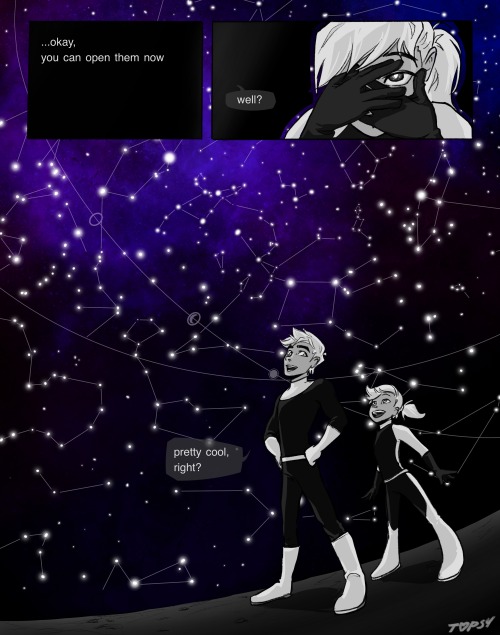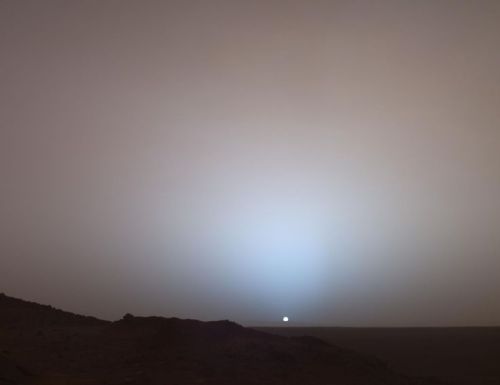
danny or phantom. just a fictive who wanted his own space for reblogging neat stuff. icon art is by jackalspine.
243 posts
Latest Posts by princeofmanyrealms - Page 8

fun fact! did you know that you can gain extra ‘forbidden time’ by staying up late in the night? but Watch Out
do you think it'll all be okay?
yeah. even if it won’t i’ve got people to love in the meantime

Deep Dark/Warden Aesthetic Board!

[Image ID: DNI: anti-non-traumagenic, bigots, transmeds, exclusionists, think narc abuse is real. End ID]
Dont remember if I shared a wip of this but I finally finished this fun thing. In my head I've been calling it "He's Back" so I guess that's the title or somthing
I'm hyperfixating on Danny Phantom again but I'm not as involved in the fandom as I want to be :(


Trying to experiment a little with this lineless style, I think I forgot how to draw in it since the last time I did.

Coming up to colouring #8 for @green-with-envy-phandom-event, I always love drawing ghost king au so I had a lot of fun!
Lineart by: @sunndropcitrus

First day of DannyMay complete! Fantasy AU is just my excuse to draw Moth!Danny
DannyMay Masterlist
![[ Dannymay Day 13 : Monster ]](https://64.media.tumblr.com/f96bfc178ffe997da1ea9165053d397a/e3d5baaead70b314-7e/s500x750/c62bb5287c636fc06dbf1634e1c4f7b87ba0500e.png)
[ Dannymay Day 13 : Monster ]
The monster that took my friend son brother Danny's face
.
Drama for the boi lets goooo~
The lineart undercut bc kinda obscures the hands a bit sadly
![[ Dannymay Day 13 : Monster ]](https://64.media.tumblr.com/eca615452e7988c17209b9e52a2b73fd/e3d5baaead70b314-c9/s500x750/d6d5cc81cb3819290043f8d8038030cf0650a4d8.jpg)
I was gonna add more scars/burn scars on his left hand but it just messes with the silhouette with the stark shading n all qwq
figuring out the lighting ends up taking way longer than drawing the poses askjdnjaksnd


Probably got so excited he forgot about the language barrier.
Dannymay Day 29: Ghost Speak AU
![[ Dannymay Day 3 : Blizzard ]](https://64.media.tumblr.com/77c03fb1d8d73f81eae20c6bc475bcc5/a98704b18d04acfc-32/s500x750/4e30b4511baf8043e32b1784b6b4fb78068a428e.png)
[ Dannymay Day 3 : Blizzard ]
How often would Danny cause a blizzard if he had his ice power all the way back in season one ❄️❄️

Hubble’s view of the Carina Nebula, from the 2007-2009 era I think?

JWST’s view of the same nebula, July 12, 2022


headcanon that danny eventually develops an even more conspicuous way of transforming than shouting ‘i’m going ghost’ in a crowded hallway
Did you know that the sunrises and sunsets on Mars are blue?



The scattering is produced by fine dust in the planet’s thin atmosphere. Also relevant, the disk of the sun is smaller, visually, than on Earth. Images like these reflect, more or less, the actual views of the sunset, as taken by Martian rovers. And looking at them like? It kinda makes me sad. ‘Cause I know irl any mission to Mars in my lifetime is likely to be a doomed corporate venture. But still. I would like to see a blue sunrise.
NASA releases the clearest images of Neptune’s rings in over 30 years




With giant storms, powerful winds, auroras, and extreme temperature and pressure conditions, Jupiter has a lot going on. Now, NASA’s James Webb Space Telescope has captured new images of the planet. Webb’s Jupiter observations will give scientists even more clues to Jupiter’s inner life.
Credit: NASA, ESA, CSA, Jupiter ERS Team; image processing by Judy Schmidt. Read more
Scary Space Stories to Tell in the Dark
The universe is full of dazzling sights, but there’s an eerie side of space, too. Nestled between the stars, shadowy figures lurk unseen. The entire galaxy could even be considered a graveyard, full of long-dead stars. And it’s not just the Milky Way – the whole universe is a bit like one giant haunted house! Our Nancy Grace Roman Space Telescope will illuminate all kinds of spine-chilling cosmic mysteries when it launches in 2027, but for now settle in for some true, scary space stories.

Flickering Lights
One of the first signs that things are about to get creepy in a scary movie is when the lights start to flicker. That happens all the time in space, too! But instead of being a sinister omen, it can help us find planets circling other stars.

Roman will stare toward the heart of our galaxy and watch to see when pairs of stars appear to align in the sky. When that happens, the nearer star – and orbiting planets – can lens light from the farther star, creating a brief brightening. That’s because every massive object warps the fabric of space-time, changing the path light takes when it passes close by. Roman could find around 1,000 planets using this technique, which is called microlensing.
The mission will also see little flickers when planets cross in front of their host star as they orbit and temporarily dim the light we receive from the star. Roman could find an additional 100,000 planets this way!

Galactic Ghosts
Roman is going to be one of the best ghost hunters in the galaxy! Since microlensing relies on an object’s gravity, not its light, it can find all kinds of invisible specters drifting through the Milky Way. That includes rogue planets, which roam the galaxy alone instead of orbiting a star…

…and solo stellar-mass black holes, which we can usually only find when they have a visible companion, like a star. Astronomers think there should be 100 million of these black holes in our galaxy.

Stellar Skeletons
Black holes aren’t the only dead stars hiding in the sky. When stars that aren’t quite massive enough to form black holes run out of fuel, they blast away their outer layers and become neutron stars. These stellar cores are the densest material we can directly observe. One sugar cube of neutron star material would weigh about 1 billion tons (or 1 trillion kilograms) on Earth! Roman will be able to detect when these extreme objects collide.

Smaller stars like our Sun have less dramatic fates. After they run out of fuel, they swell up and shrug off their outer layers until only a small, hot core called a white dwarf remains. Those outer layers may be recycled into later generations of stars and planets. Roman will explore regions where new stars are bursting to life, possibly containing the remnants of such dead stars.

Cosmic Cobwebs
If we zoom out far enough, the structure of space looks like a giant cobweb! The cosmic web is the large-scale backbone of the universe, made up mainly of a mysterious substance known as dark matter and laced with gas, upon which galaxies are built. Roman will find precise distances for more than 10 million galaxies to map the structure of the cosmos, helping astronomers figure out why the expansion of the universe is speeding up.

Learn more about the exciting science this mission will investigate on Twitter and Facebook.
Make sure to follow us on Tumblr for your regular dose of space!




















